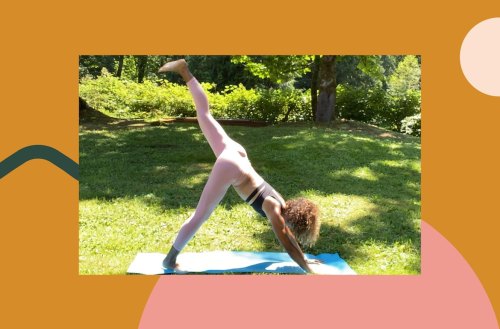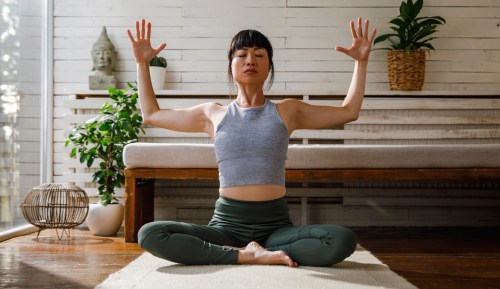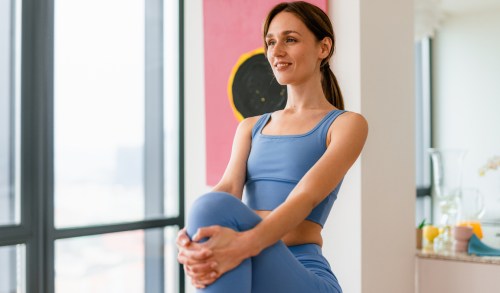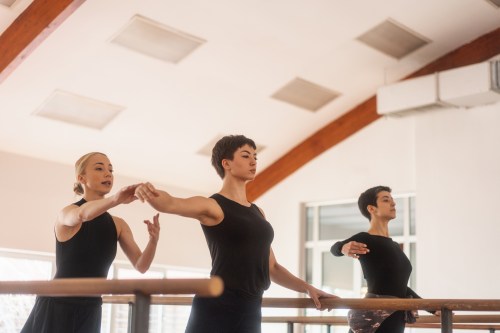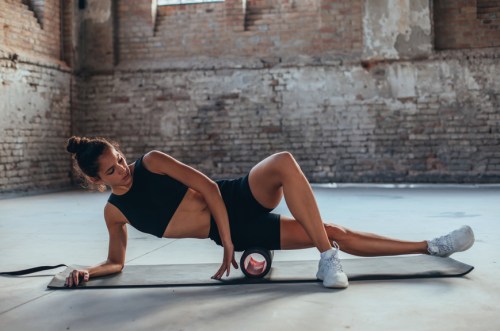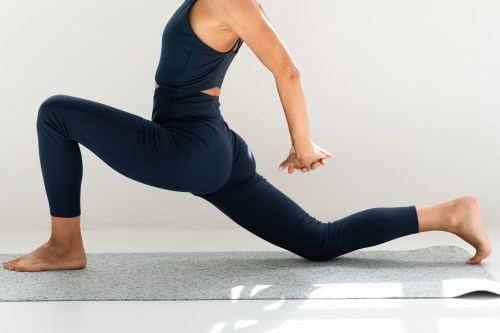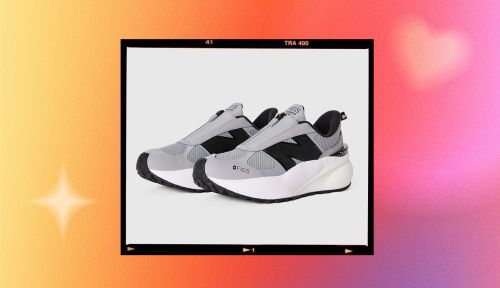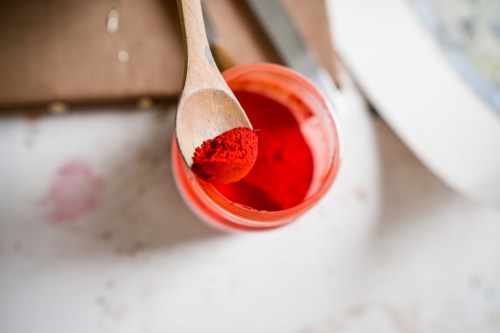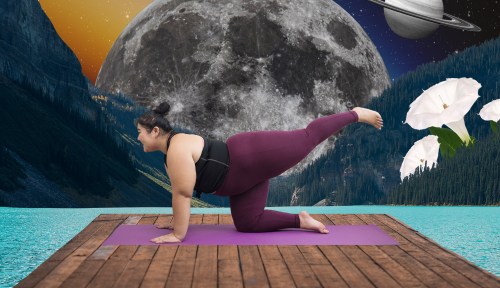Whether you’re a yoga newbie or pro, it’s never a bad idea to get back to basics. You don’t have to do extreme yoga poses to experience the benefits. And more advanced poses can be intimidating, especially if you’re a beginner. Nike master trainer Traci Copeland is here to break it down with some simple yoga trip for beginners.
Experts in This Article
Nike Master Trainer, yoga instructor, and fitness model
“If you’re just starting out to yoga and don’t know a lot of those fancy poses, I’m going to walk you through just some of the basics, some of the more classical and traditional yoga poses in a vinyasa flow class,” says Copeland.
In the latest installment of Good Moves, Copeland takes us through a 20-minute vinyasa flow. From cat-cow to downward facing dog to Shavasana, you’ll learn the basic vinyasa yoga moves Follow Copeland’s tips as you move through this flow.
Yoga tips for beginners
1. Get comfortable with being on your hands
Not many of us spend time supporting our weight in our hands and wrists. So many yoga poses require you to be down on all fours, which can be uncomfortable as you’re getting used to it. To start, Copeland says it’s all about alignment. “Make sure that your shoulders are aligned right over your wrists,[and] your fingers are staying spread nice and easy,” she says. “That’ll help protect your wrists.”
2. Keep your weight evenly distributed
So much of yoga is about balance. And when you’re often in poses where one (or more) of your limbs aren’t touching the ground, it’s easy to shift all of your weight to one side or the other. To prevent this, Copeland starts by getting you calibrated in mountain pose. Standing with your feet hip-distance apart and your arms at your sides with your palms facing forward, Copeland invites you to “get used to having the weight equally distributed between your right and your left side.”
3. Allow gravity to do the work
When you’re in positions that are new and maybe not 100 percent comfortable, you’ll want to tense up. But, if you just go and give into the poses, you’ll see that gravity does some of the work for you. For example, in a forward fold, Copeland says to “allow your head to be heavy.” This way, instead of actively reaching forward trying to get lower, you’re allowing the weight of your head to bring you lower, creating a gentle stretch through your hamstrings.
4. Let your gaze guide you
In yoga, there’s a huge emphasis on where you’re looking. When Copeland instructs you in downward facing dog she says to look up toward your belly button. When you’re doing warrior two she says to look out over your front fingertips. Fixing your gaze in a way that aligns with your movement not only helps you stay balanced but also helps lead you to do doing the full expression of the pose.
Looking for more yoga tips for beginners? Put on some comfy clothes, roll out your mat, and follow along with the full video above. Copeland will talk you through everything you need to know.
Sign Up for Our Daily Newsletter
Get all the latest in wellness, trends, food, fitness, beauty, and more delivered right to your inbox.
Got it, you've been added to our email list.
